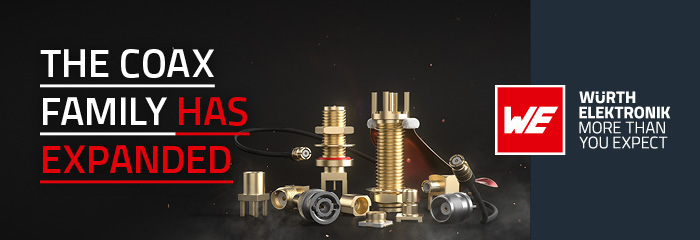
The memory market: supply, demand, and geopolitical influences in 2025
As we head into 2025, the DRAM memory market is bracing for significant turbulence. With price erosion projected across multiple sectors and a shift in production dynamics, it’s clear that the landscape will look vastly different by the second half of 2025.
Author: Marco Mezger, President of Memphis Electronic and COO of Neumonda

Here are the key trends that we see shaping the DRAM and NAND markets in the first half of 2025 and the geopolitical forces that will play a critical role in the second half of the year:
Weak Demand and Inventory Backlogs
Both the DRAM and the NAND markets are still in a state of oversupply, with excess inventory leading to significant price declines through Q4 2024 and Q1 2025. This is driven by multiple factors such as weak consumer demand.
Memory manufacturers ramped up production during previous periods of strong demand, but the market failed to meet these forecasts. This has resulted in inventory backlogs that now weigh on prices.
As a result, price erosion is expected to continue in the short term. However, high-bandwidth memory and enterprise storage solutions, particularly those tailored for cloud computing and AI applications, will remain a more stable segment.
Production cuts and Discontinuations as Response to Oversupply
In light of the current oversupply issues, major NAND Flash like Kioxia and Samsung are reportedly planning reductions in their production volumes starting in December 2024. This will likely have a significant effect on the supply-demand balance, potentially reversing the downward price trend by the second half of 2025.
In DRAM, Samsung and Sk hynix, two of the major memory manufacturers, are discontinuing their DDR3 production by the end of 2024 to free capacities for high-margin products like high-bandwidth memory. While there are other memory manufacturers still supplying DDR3, it’s important to plan the transition to a new supplier and qualify additional sources.
AI s Uncertain Role
AI and Big Data: AI-driven infrastructure and big data workloads are fueling strong demand for high-capacity NAND solutions, especially those designed for AI servers, ASICs, and enterprise SSDs. The shift toward AI-powered applications such as machine learning, natural language processing, and deep learning models requires significant storage capacity and performance. As AI adoption accelerates across industries, this trend will continue to drive demand for NAND Flash solutions optimized for high-performance
In light of this boom, hopes were high that AI-driven PCs would fuel the demand. Instead, PC OEMs are reducing the DDR4 and DDR5 orders as the inventory glut of DRAM chips is hindering the expected recovery, leading to price drops in the range of 5%-10% for Q4 2024 and the outlook 2025 sees further declines in prices. So, while AI will spur growth in NAND, the effect on DRAM is yet to come.
Geopolitics and Tariffs will play a key role in 2h of 2025
The U.S. continues to impose export controls on critical semiconductor technologies, impacting China’s access to cutting-edge DRAM and memory production tools, which will limit its ability to expand the production of high-performance chips.
In return, China is ramping up its efforts to develop its own semiconductor manufacturing capabilities. Companies like CXMT will likely benefit in the short term, but their ability to produce DRAM on par with global leaders (e.g., Samsung, SK Hynix, Micron) remains uncertain.
Also, the tariffs imposed on memory products and semiconductor equipment will increase the cost pressure on DRAM manufacturers. This will continue to add volatility to the market, especially if China’s tech isolation deepens in 2025.
Price Pressure Continues
Looking ahead to 2025, the DRAM market will continue to face significant downward price pressure, especially in the mobile DRAM and PC DRAM sectors. This is expected to intensify in the second half of 2025, with prices likely to fall further, albeit at a slower pace than in the first half.
The NAND Flash market on the other hand will likely see price stabilization in the second half of the year as production cuts take hold and supply starts to realign with demand. However, the balance between production cuts, strong enterprise demand, and the global geopolitical landscape will determine the pricing trajectory and supply chain stability.
While the memory market faces challenges in Q4 2024 and Q1 2025—with price declines and oversupply—it is also heading toward a more stable environment in 2H 2025.
As the world’s data storage needs continue to expand, memory suppliers must remain agile, managing production efficiently and navigating external pressures from tariffs, trade tensions, and shifting market demands. Hope remains high that AI, cloud computing, and data centers will be key to the market’s recovery and growth in 2025.
The memory market has always been volatile and it keeps getting more complex, that’s why it is important to have a reliable partner who helps navigate the market.
Neumonda was founded with the ambition to build the most comprehensive memory application expertise under one roof by combining memory distribution, product manufacturing and memory IP.



